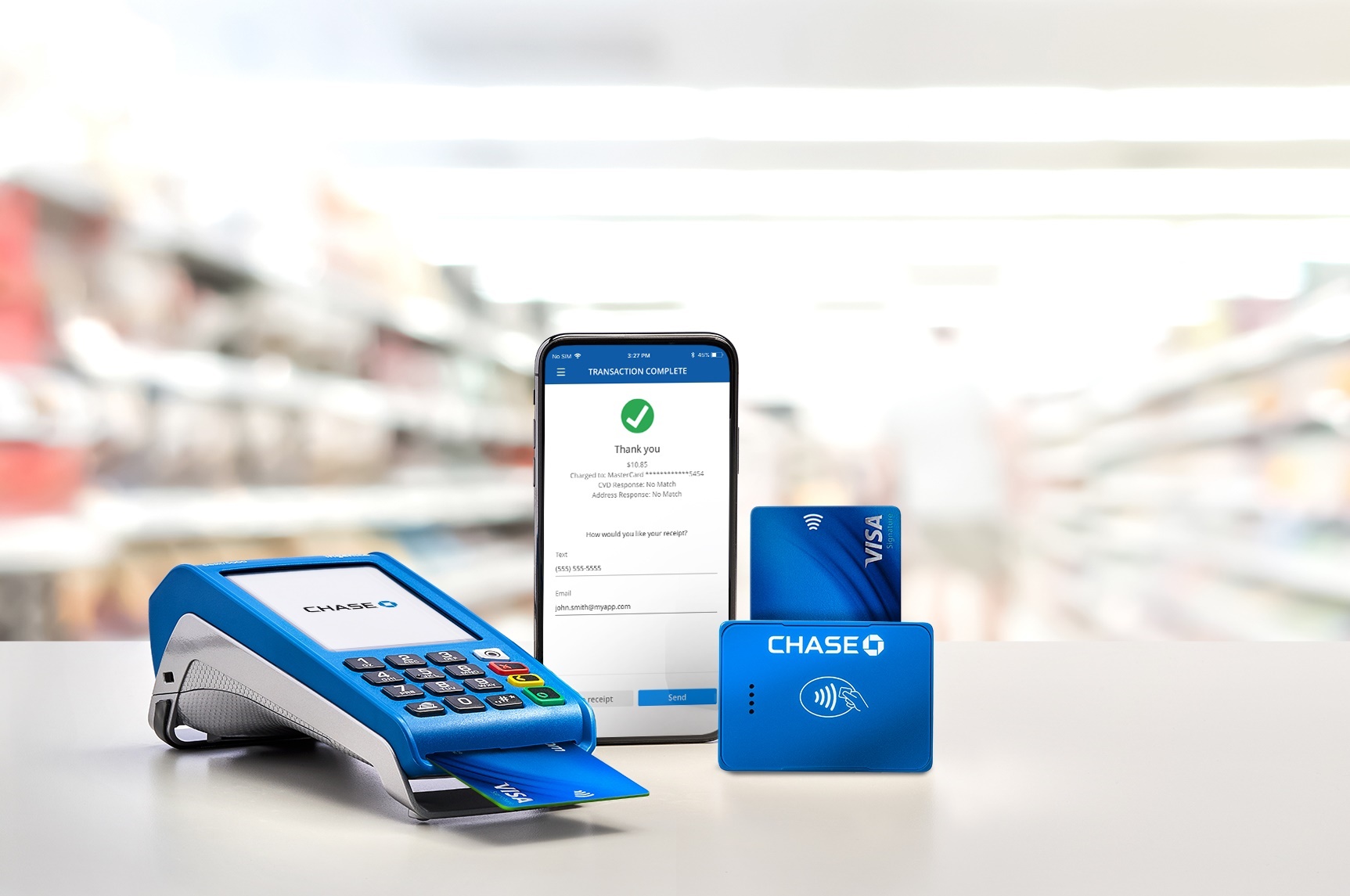The rapid growth of digital payment solutions in recent years has been significantly propelled by advances in cybersecurity technologies. As consumers and businesses increasingly rely on digital platforms for financial transactions, the need for secure, reliable, and convenient payment methods has never been greater. Cybersecurity innovations have played a critical role in building trust among users, enabling safer digital environments, and fostering the adoption of various payment solutions such as mobile wallets, contactless payments, and cryptocurrencies. One of the primary drivers behind the growth of safe digital payment solutions is the development and implementation of robust encryption techniques. Encryption ensures that sensitive data, such as credit card information and personal identification details, remain protected during transmission across networks. Advanced encryption standards, such as AES Advanced Encryption Standard and end-to-end encryption protocols, have become integral to securing payment transactions, preventing interception or tampering by malicious actors. This secure transmission of data helps reduce fraud, identity theft, and unauthorized access, which are major concerns for users engaging in online and mobile payments.

Moreover, multi-factor authentication MFA has become a cornerstone of cybersecurity measures in digital payment systems. By requiring users to provide multiple forms of verification, such as passwords, biometric scans, or one-time passcodes sent to a mobile device, MFA adds an additional layer of security beyond traditional password-based access. This significantly decreases the likelihood of account breaches and unauthorized transactions. Many payment platforms now incorporate biometrics, including fingerprint recognition and facial scanning, to enhance user authentication in a seamless yet secure manner. Artificial intelligence AI and machine learning ML have also transformed the landscape of digital payment security. These technologies enable payment systems to detect and respond to suspicious activities in real-time by analyzing transaction patterns and identifying anomalies that may indicate fraudulent behavior. AI-driven fraud detection models continuously improve by learning from new data, thereby increasing their accuracy in preventing financial crimes. This proactive approach not only protects users’ assets but also minimizes financial losses for payment service providers and banks.
Tokenization is another significant cybersecurity advancement that has boosted the safety of digital payment solutions. It involves replacing sensitive payment data, such as credit card numbers, with unique tokens that have no exploitable value outside the transaction context. By ensuring that actual payment credentials are never exposed or stored on merchant systems, tokenization reduces the risks associated with data breaches and hacking attempts. This technology has become particularly important with the rise of contactless payments and e-commerce, where transactions occur frequently and often without direct human interaction. Additionally, click this securitysenses.com regulatory frameworks and compliance standards like the Payment Card Industry Data Security Standard PCI DSS have played a crucial role in shaping cybersecurity practices for digital payments. These standards require payment processors, merchants, and financial institutions to adhere to strict security measures to protect cardholder data and maintain the integrity of the payment ecosystem.

